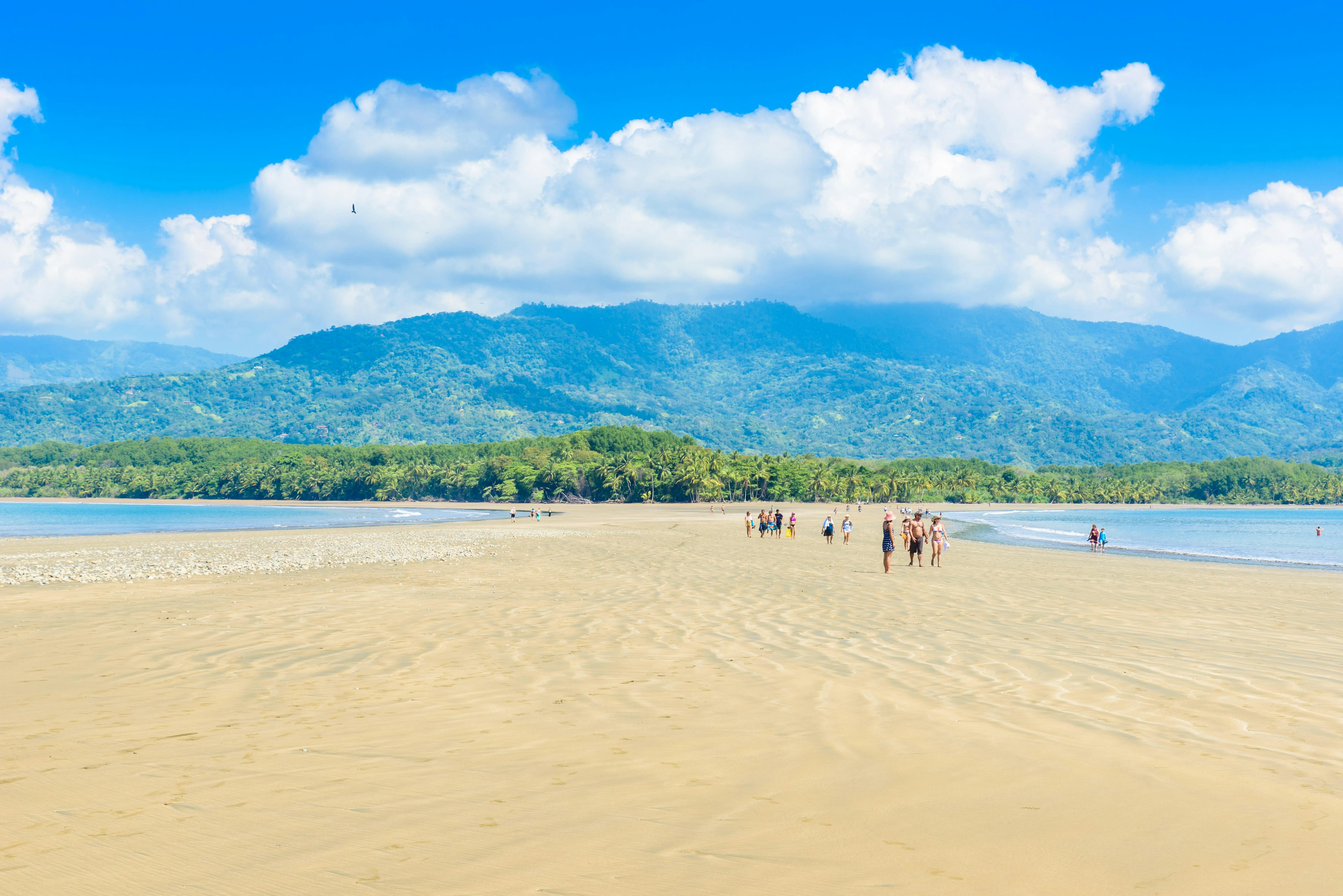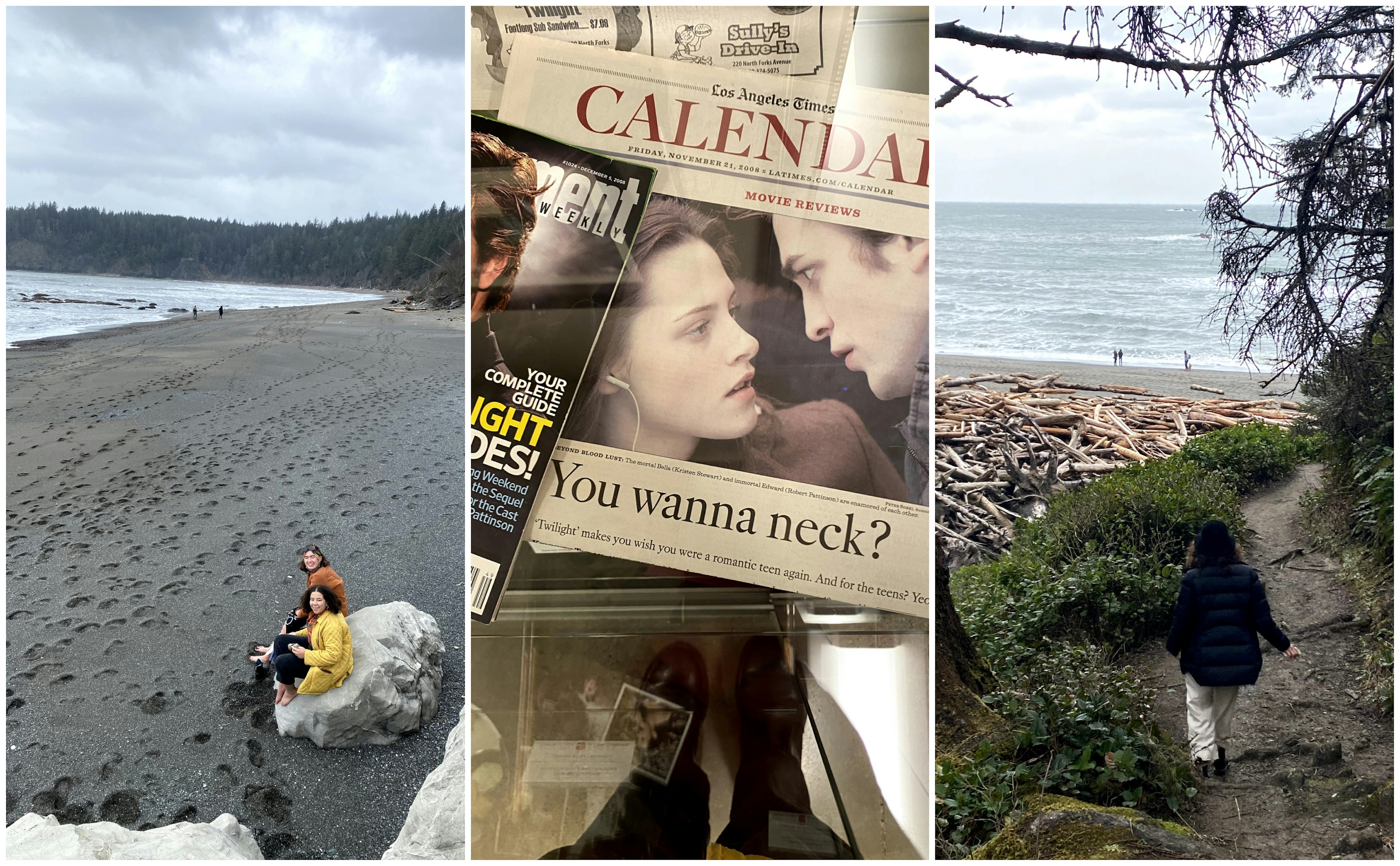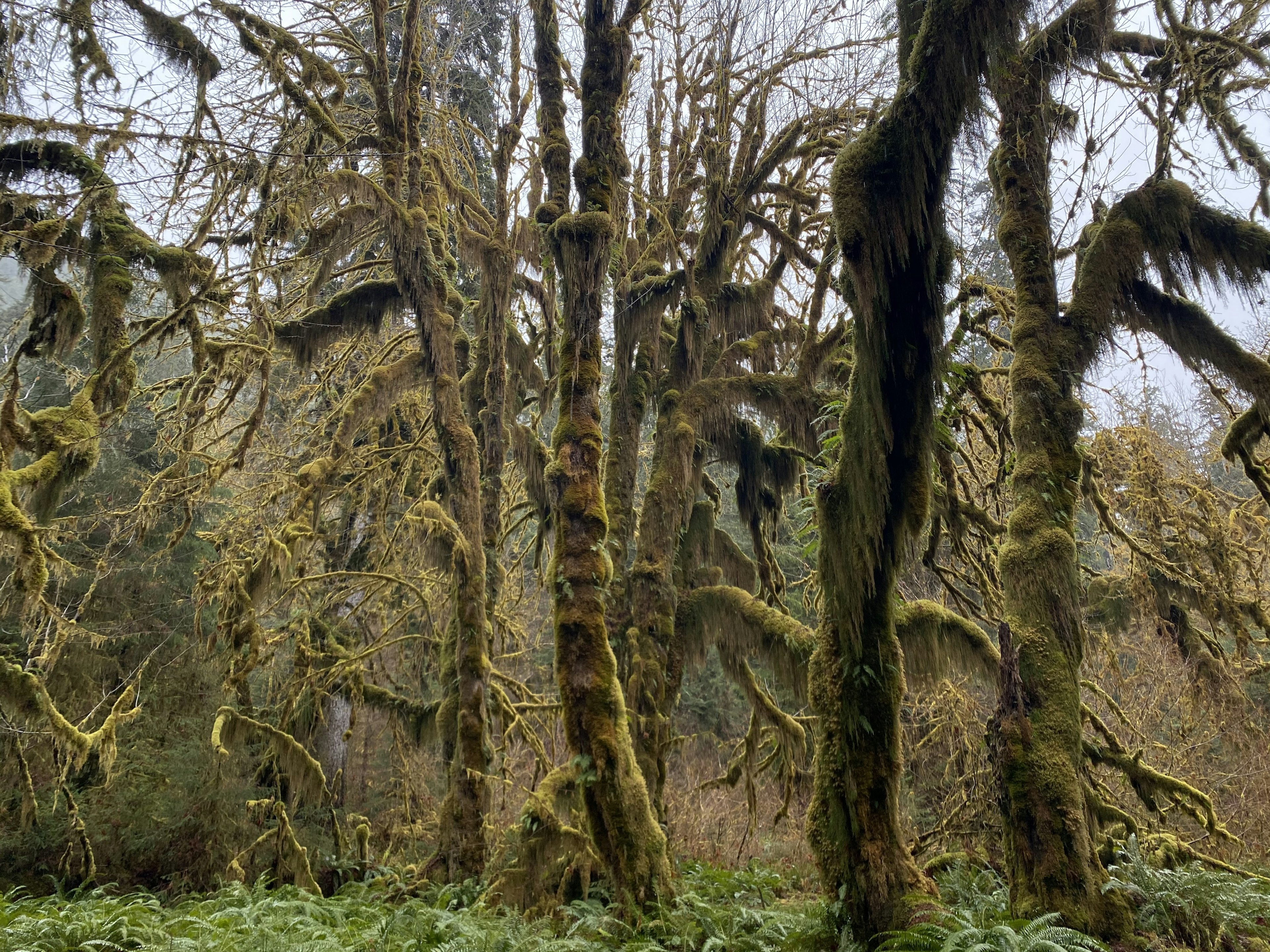Ah, Central America – that great S-bend of land joining Colombia to Mexico. With two coastlines squiggling up the Caribbean Sea and the wild Pacific in a 1770km (1100-mile) medley of coral gardens, frothing waves and emerald-coast jungles laden with howler monkeys, there’s hardly a more beach-heavy region on earth.
No matter whether you’re searching for a laid-back surf town where you can chase barrels, a remote isle to channel your inner castaway, or a beer-sloshing party place on the Pacific Ocean, this corner of Latin America has you covered.
This guide searches out the crème-de-la-crème of coves and bays, narrowing down the best beaches in Central America to just 14 picks.
Manuel Antonio – Costa Rica
Best beach you have to hike to
Manuel Antonio is the pièce de résistance of its namesake national park, a bijou bit of tropical forest roughly midway up the Pacific shores of Puntarenas province.
The beach sits completely within the reserve, which means you’ll need to earn your taste of paradise by hiking 30 minutes amid jungles crawling with sloths and howler monkeys.
Facing south, the beige-tinged sand can be surveyed from the Mirador Playa Gemelas on the distant headland. The park opens at 7am, so get in early to beat the crowds.
Placencia – Belize
Best beach for peace and quiet
With a croc-filled lagoon on one side and the kaleidoscopic corals of the Belize Barrier Reef – part of the second-largest coral reef system on the planet, no less – on the other, Placencia is righteously hailed as one of the best beaches in Central America.
It’s quiet compared to the likes of Ambergris Caye, despite being more accessible (no seaplanes needed!). The area is peppered with traditional Garifuna fishing shacks and fronted by soft sands that sprout twisted sabal palms and sea oats.
Santa Catalina – Panama
Best hidden-gem beach
Mainly on the map for the rifling right-hand point break of La Punta that delights surfers from April to October, Santa Catalina is one of the long-lost fishing towns on the Panamanian Pacific.
It’s still little more than a clutch of ramshackle fishing huts and surf villas, but there’s growing interest, not least of all because it’s enfolded by two sweeps of unbusy, coffee-hued sand – Playa Arrimadero and Playa Santa Catalina.
Oh, and be sure to check out Coiba Island just across the strait, where you can swim with mantas and whale sharks at certain times of the year.
Isla Robeson – Panama
Best beach for pretending you’re a castaway
You don’t get a moniker like Isla Robeson (Isla Robinson Crusoe in English) without some top-quality beaches in the bank.
Although the actual place where Defoe’s hero is thought to have been stranded is some 4830km (3000 miles) away in Chile, this speck in Panama’s spectacular San Blas chain still has all the hallmarks of a castaway spot.
There’s not an overload of activity, just a few snorkeling reefs, a patch of jungle inland and – of course – a powdery lip of white sand on the west shoreline.

Little Corn Island – Nicaragua
Best beach to get away from it all
Located 43 miles off the coast of mainland Nicaragua, Little Corn and Big Corn – together the two Corn Islands – offer a rare slice of the Caribbean not yet dominated by multi-star hotels. Little Corn is the more untouched of the two; it’s only really got one resort, the fantastic bungalows that gaze at the Yemaya Reefs.
Away from that, you’ll paddle through dashes of coral reef and wander virginal coastal forests, where you’re more likely to come across a scaly iguana than another human being.
Red Frog Beach – Panama
Best beach resort beach
A soft bend of a bay on the northern tip of Isla Bastimentos, Red Frog is one of those beaches that could easily grace the cover of travel mags. It’s lined by a jumble of jungle that sprouts sea grapes and bowing coconut trees over a wavy Caribbean, which offers some pretty gnarly surf between December and April.
Stay at the Red Frog Beach Island Resort if you’d like to swing open your villa door to see the daffodil-hued sands framed by your own infinity pool – it’s the closest hotel to the beach.
Santa Teresa – Costa Rica
Best surf beach
Throughout the Costa Rican wet season (May to August), waves roll into Santa Teresa like clockwork. These sculpted wedges of water are what first drew surfers to this distant edge of the Nicoya Peninsula sometime in the late ’90s.
The secret is now well and truly out, and this erstwhile fishing town is now laden with yoga studios, boho surf camps and even a steady trend of Instagram-touting influencers.
But there’s space enough for all on the 5km-long (3-mile) playa, along with some of the most reliable swells this side of Hawaii.

West Bay Beach – Honduras
Best beach for active beach goers
West Bay Beach is where Honduras does its best impression of the Bahamas. A wisp of cream sand that curls its way around the tip of finger-like Roatán island, it regularly tops lists of the best beaches in Central America – and it’s hard to disagree.
Come here to soak up the rays, ride the glass-bottomed Coral Reef Explorer to see zebrafish and turtles in the surrounding reefs, whiz on Jet Skis and sip rum cocktails in the sandy palapa bars. Sounds good, eh?
Playa Conchal – Costa Rica
Best beach for swimming and snorkeling
Playa Conchal is the final beach in the tiara of beaches that starts in the small resort town of Brasilito in Guanacaste. Sandwiched between the rocks of the Punta Sabana headland and a sprawling Westin hotel resort, it doesn’t have black or white sand, but it does come covered in a unique shingle of crushed shells.
The Pacific waters are crystal-clear, and there’s fantastic swimming and snorkeling to be done at the northern end of the bay.
La Flor – Nicaragua
Best beach to see sea turtles
Playa La Flor is actually a lot like the other dark-sand beaches that arc and curve their way southwards to the Costa Rica border from San Juan del Sur in southern Nica. However, this one has a trump card: olive ridley turtles.
Come here to witness one of the seven annual nesting events known as arribadas – they take place between July and January, and the whole playa transforms into a shifting mass of carapaces and egg nests. About seven weeks later, you can return to watch new turtle life spring into action to make the arduous pilgrimage into the Pacific.
Playa El Cuco – El Salvador
Best beach for seafood
El Salvador’s lone contender for the best beach in Central America comes in the form of Playa El Cuco. It threads along the side of the Gulf of Fonseca, in the south of the country, in a run of dusky black sand with knots of lanky palm trees and frothing waves and whitecaps crashing in front.
You don’t come here for postcard-worthy sands – you come to hear the calls of the fisherfolk in the early hours, and to dine on zingy ceviche in the seafood restaurants.
Cuco itself can get busy with vacationers from San Miguel, but you can always stroll to more distant Playa El Esterón in the east to escape the buzz.
Guanaja – Honduras
Best beach for jungle hikes
Guanaja is more than content to let Roatán draw in the crowds and the cruise ships. Meanwhile, this member of the impossibly wonderful Bay Islands is covered in protected jungles and hiking paths. The north coast is where you go for the beaches.
From Michael Rock to Jim Bodden Beaches, there’s a series of coves and inlets that are washed by uberclear seas and offer snorkeling aplenty. To sleep, bag one of the treehouse-style cabanas at the End of the World Resort – the name says it all!

Punta Uvita – Costa Rica
Best beach for walking
The isthmus beach at Punta Uvita is one of the great wonders of the Dominical coast. It’s also known as Whale Beach, because it resembles the shape of a great whale tail splashing in the Pacific.
You can walk the whole length of it from Uvita Beach at low tide to see the salt-washed rock reefs at the tip.
Also head to the neighboring sands of Hermosa and Ventanas, where a tangle of gnarled ficus trees and palms tumble into the ocean. Oh, and there’s fantastic whale watching in the surrounding Costa Ballena between December and March.
Playa Maderas – Nicaragua
Best beach for a yoga retreat
It’s all about the good vibes and the consistent surf at Playa Maderas. Rumble down the rough dirt tracks north of San Juan del Sur and you’ll eventually emerge in a rocky bay wedged between stacked headlands.
The main wave is an all-level A-frame that breaks right in the middle.
But you don’t need to have a board in tow to feel at home here. There are blazing sunsets to watch from bamboo beer shacks, zen-inducing yoga retreats like Buena Vista Surf Club and secluded coves like Playa Rosa on the menu too.







